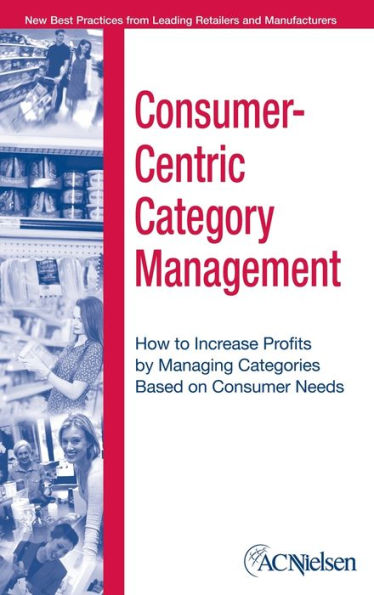Table of Contents
Chapter 0 Introduction—Why Category Management Is More Important Than Ever 1
Part I In the Beginning—the Purpose of Category Management
Chapter 1 The Evolution of Category Management and the New State of the Art 13
Chapter 2 Category Management Begins with the Retailer’s Strategy 33
Part II The Eight Foundational Steps of Category Management
Chapter 3 Step One: Define the Category Based on the Needs of Your Target Market 67
Chapter 4 Step Two: Assign a Role to the Category That Best Supports the Retailer’s Strategy 77
Chapter 5 Step Three: Assess the Category to Find Opportunities for Improvement 95
Chapter 6 Step Four: Set Performance Targets and Measure Progress with a Category Scorecard 111
Chapter 7 Step Five: Create a Marketing Strategy for the Category 123
Chapter 8 Step Six: Choose Tactics for Category Assortment, Pricing, Promotion, Merchandising, and Supply Chain Management 133
Chapter 9 Step Seven: Roll Out the Plan 165
Chapter 10 Step Eight: Review the Category’s Performance Regularly and Make Adjustments as Needed 173
Chapter 11 Bringing the Consumer into Category Management—A New Take on the Eight Steps 179
Part III Category Management Success Stories
Chapter 12 General Mills—Going Beyond the Categories 201
Chapter 13 Big Y—Focusing on Implementation 207
Chapter 14 SUPERVALU—The Last Three Feet of Category Management 217
Chapter 15 CROSSMARK—Just the Facts 241
Chapter 16 Acosta—Multiplying the Impact of Category Management 251
Chapter 17 Chiquita—Extending Category Management to Perishables 259
Chapter 18 The Hershey Company—Linking Consumer Insights and Customer Strategy 275
Chapter 19 Miller Brewing—Tapping Category Management for Competitive Advantage 285
Chapter 20 Hewlett-Packard—Taking Category Management beyond Traditional CPG 295
Part IV The Way Forward
Chapter 21 Lessons Learned from the Real World 303
Chapter 22 Proactive Category Management 309 Shan Kumar
Chapter 23 Linking Category Management and Loyalty Marketing 319 Glenn Hausfater
Chapter 24 The New Category Management Emerges 335 Dirk Seifert
Acknowledgments 343
Index 347







